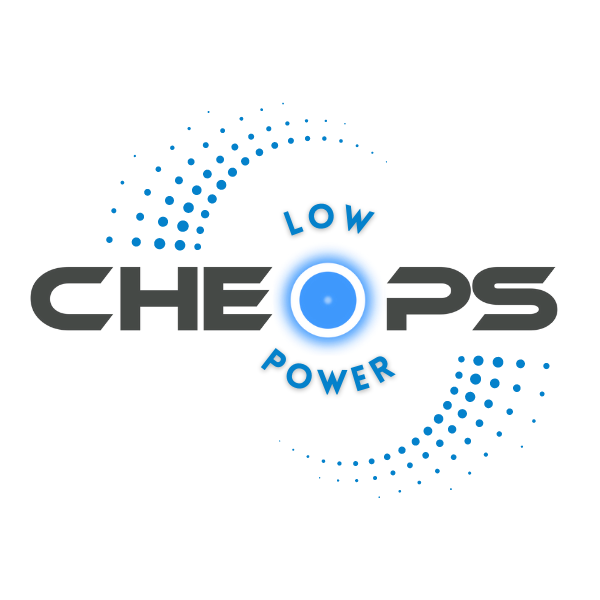Profiles of Consortium partners
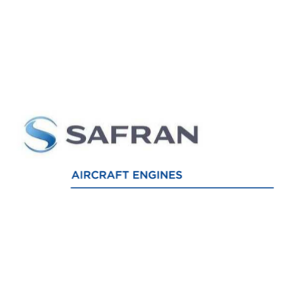
A leading rocket engine manufacturer and San Vito dei Normanni plasma propulsion leader in Europe, Safran Aircraft Engines (formerly Snecma) design, develop, produce and sell, alone or in partnership, a wide range of thrusters and propulsion systems for nearly all satellite applications, from orbit raising, orbital positioning to deorbiting.
Safran Aircraft Engines is working on electric propulsion since the late 70’s on various technologies (including FEEP, arcjet) and since the early 90’s on the Hall Effect Thrusters, resulting in the qualification of the PPS®1350 (1500W) in 2006, thruster in operation on Alphasat since 2013.
To maintain its technological leadership in electric propulsion technology and support commercial missions and scientific exploration, Safran Aircraft Engines continuously invest in R&D;, from PPS®500 (500W) up to PPS®20k (20kW), and carry out a number of advanced design studies for the French and European space agencies. Within the space electric propulsion Directorate, in Vernon plant-France, almost 70 skilled scientists, engineers and workers form an highly integrated team using the latest numerical and lean methodologies to conceptualize, design, manufacture, test and sell Hall Effect electric propulsion systems.

AEROSPAZIO Tecnologie was founded in the year 2000 with the aim of providing high qualified testing and engineering services in the fields of vacuum technology and Electric Propulsion for spacecraft. As far as concern the EP, during the last 20 years AEROSPAZIO has been involved on some of the most sophisticated and challenging European programs. Including:
- the testing for the development of the Astrium (now ArianeGroup) RIT thruster in the frame of ESA
programs - the testing for the qualification of the QinetiQ T6 thruster for the ESA/BepiColombo mission to Mercury
- the testing for the qualification of the Thales HEMP thruster for the ESA/Small GEO program
- the testing for the qualification of the Safran PPS5000 in the frame of ESA/NEOSAT program
- In this time, AEROSPAZIO got also expertise on several other EP technologies developed in Europe,
including plasma, helicon and field emission thrusters.
During the years, AEROSPAZIO has developed a considerable number of test facilities for EP, including some of the larger EP test facility available in Europe and one specific EMI/EMC facilities developed to qualify EP technologies.

Bradford Engineering is a Netherlands based supplier of Attitude and Orbit Control Systems (AOCS), Propulsion, Avionics and Thermal solutions for spacecraft. Bradford was established in 1983 by the Voeten family and started its activities in the nuclear field as an organization for development, design, manufacture, testing and endurance testing of shaft seals (Visco Seals), high reliability valves, and pneumatic, hydraulic and electronic control units and instrumentation. From 1986 onwards, space engineering took a second place in the activities and has grown since to >90% of the turnover. Customers include ESA, NASA, JAXA, NSO, EADS-Astrium, Thales Alenia Space, OHB System, OHB Sweden, QinetiQ, The Boeing Company, IHI, NEC-Toshiba Space, Teledyne Brown Engineering and others. In 2006 the company embarked on a strategy to grow towards a European based top supplier role for which the product portfolio was vastly extended. Currently, Bradford manufactures components and subsystems such as pressure transducers, flow meters, cold gas systems, xenon feed systems, sun sensors and reaction wheels for major European satellite prime manufacturers.
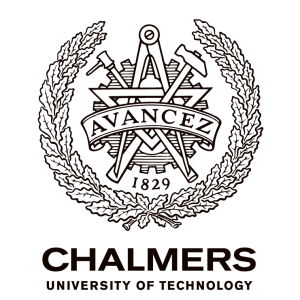
Chalmers tekniska hoegskola (Chalmers University of Technology) was founded in 1829 following a donation by William Chalmers, director of the Swedish East India Company, and was transformed into an independent foundation in 1994. Chalmers has developed leading research in the areas of life sciences, materials science, information technology, micro-and nanotechnology, environmental sciences and energy. Chalmers’ annual turnover is 3597 million SEK (appr. 400 million EUR), out of which 70 % is related to research. Around 60 % of the research funding is acquired in competition from external sources. Some 13 000 people, including 3 240 employees (3065 FTEs), work and study in Chalmers’ 17 departments. The university offers PhD and Licentiate programmes as well as MScEng, MArch, BEng and nautical programmes. There are 6 600 students (FTE) in programmes leading to 1 200 Master’s degrees annually. About 1 160 students are involved in doctoral programs leading to 300 PhD and Licentiate of Technology degrees each year.
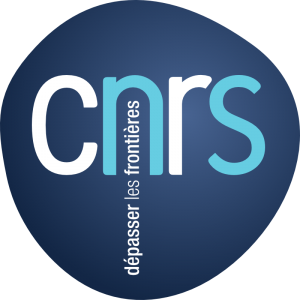
The laboratory of Plasma Physics (LPP) is devoted to the study of plasmas, from astrophysics to fusion and industrial applications. The LPP has about 35 permanent professors and researchers, 30 PhD’s and post-docs, and 30 engineers and administrative staff. The three main scientific teams of LPP are: (i) magnetic fusion plasmas, (ii) low-temperature plasmas, and (iii) space plasmas. The LPP teams are also members of the Labex (Laboratory of Excellence) Plas@Par (for Plasmas in Paris), which federates the research effort on plasma physics in the Paris area. The fusion team is specialized in turbulence in tokamak’s, both cutting-edge experiments and theory, and is involved in a large European Network devoted to fusion (Eurofusion). The space plasmas team studies the solar system magnetospheres and the solar wind (and its interaction with earth), both via observations and with theory and numerical simulations. The team is specialized in in-flight mass spectrometer and magnetometer, and is PI or co-PI of instruments of major ESA, NASA and JAXA space missions (for instance Cluster, Bepi-Colombo, MMS, Solar Orbiter, of Juice). The low-temperature plasma team is described below. The LPP has a transverse activity in high performance numerical simulations. They have five small size (64 CPU) clusters for local code development, we have access to a 500 CPU cluster locally at Ecole Polytechnique, and we use big numerical national centers for larger scale calculations. Theses numerical resources (both human expertise and machines) will be used in the project.
The low-temperature plasma (LTP) team, involved in the current proposal, is specialized in the study of plasmas used in industrial applications; plasma medicine, plasma combustion, air treatment, plasmas in microelectronics, and plasma propulsion for space applications. The team is expert in cutting-edge laser diagnostics, plasma chemistry, plasma-surface interaction and theory of low-pressure plasmas. It also develops a very large effort in high performance numerical simulations. The LTP team of LPP is expert in modelling of low-temperature plasmas, both analytical models and Particle-InCell (PIC) numerical simulations. The study of microscopic phenomenon, both by theory and by PIC simulations, is used to construct more global models, that can be solved in a few seconds, and that can be used to explore a large parameter space by changing the global control parameters. In the current proposal, we will use our expertise to couple numerical simulations and optical diagnostics to develop a technique that will be able to monitor the performance of Hall Effect Thrusters.
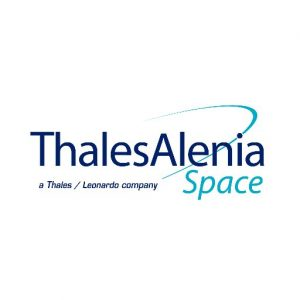
Thales Alenia Space in Belgium is the largest Belgian manufacturer of Space electronics and, as Thales Alenia Space Power lead center, the European leader of power supplies for satellites and control units for the Ariane 5 launcher. It is also specialized in electronic power conditioning for travelling wave tube amplifiers. TAS-B also develops its own range of custom Hybrid microelectronics and digital ASICs.
Thales Alenia Space in Belgium (TAS-B) started Power Processing Unit development activities in 1996 for the
French STENTOR program, dedicated to the thrusters Fakel SPT-100 and Safran PPS-1350, for the Eurostar and
Spacebus platforms from Airbus DS and Thales Alenia Space respectively. This program ended in March 1999 with the qualification, at equipment level, of the 1.5kW class PPU Mk1. Several variants of the PPU Mk1 have been developed since the first qualified model. From this date, a PPU Mk1 Qualification Model (EQM) has been connected on a SPT-100 thruster in space environment conditions, at Safran facilities in France, in order to demonstrate the lifetime corresponding to the use of Hall Effect propulsion for the North-South station keeping on a 15-year geosynchronous satellite. More than 8.900 hours have been reached. From July 2004 till December 2006, for Spacebus- 4000 based mission (primary bus = 100V) PPU and FU EQM were coupled with PPS-1350 thruster and have cumulated 6.300 hours of operation.
Always at the forefront of the space product research, development and production, TAS-B has an extensive selection of tools and facilities to ensure cost-effectiveness and schedule responsiveness. For Space Hardware Design, more than hundred engineers and specialized technicians work in four electronics domains (Power Conditioning, Power Supplies, Data Handling & Signal Processing and Launchers) by respecting defined methodologies and with common tools and databases. All facilities intended to be used in the present project are TAS-B properties. No external facility is intended to be used. They cover design & development phases as well as manufacturing and test activities. With more than 35 400 m² of facilities, including 6 550 m² of clean rooms, TAS-B can master the complete development, qualification, production and test cycle of any new product for space application.
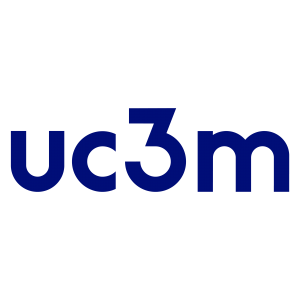
Universidad Carlos III de Madrid (UC3M) is a public university with around 20,000 students, characterised by its strong international focus, the quality of its faculty, excellence in research and commitment to society. Founded in 1989, its achievements have already placed it among the top universities in Spain. UC3M was one of the top-five Spanish universities selected in 2009 as a Campus of International Excellence, a four-year project awarded by the Ministries of Science and Innovation and Education. UC3M is very active in R&D; programmes and especially in the European Framework Programmes (FP). During the whole FP7 503 proposals were submitted and 72 of them were funded with a total of around 24 Million Euro. This is four times the figures in FP5 and FP6, and placed UC3M as the fourth Spanish University in participation in the EC/REA FP7. During the first two years of the current H2020, UC3M has submitted 203 proposals. A total of 20 projects have been awarded, being 3 of them coordinated by UC3M. UC3M is listed in the QS World University ranking among the top 400 universities in the world and the top 50 universities under 50 year-old.
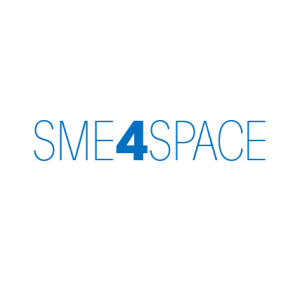
SME4SPACE (S4S) is a private not-for-profit organization, legally incorporated under the Belgian Law, whose aims are:
• carrying out research activities in space, innovative and related sectors;
• defining and defending common positions; representing the SMEs with public authorities i.e. the European
Space Agency, the European Union and its related agencies;
• organising seminars and information sessions;
• organising a network of SMEs in order to increase the possibilities for cooperation and related activities.
S4S presently have members in 27 different European Countries and consists of 22 Working Members (Associations/Clusters) and 35 Individual Company Members, gathering cumulatively more than 950 entities, among which 750 SMEs, 120 Large Companies, 130 Universities and Research Centres and more other entities active in space.
